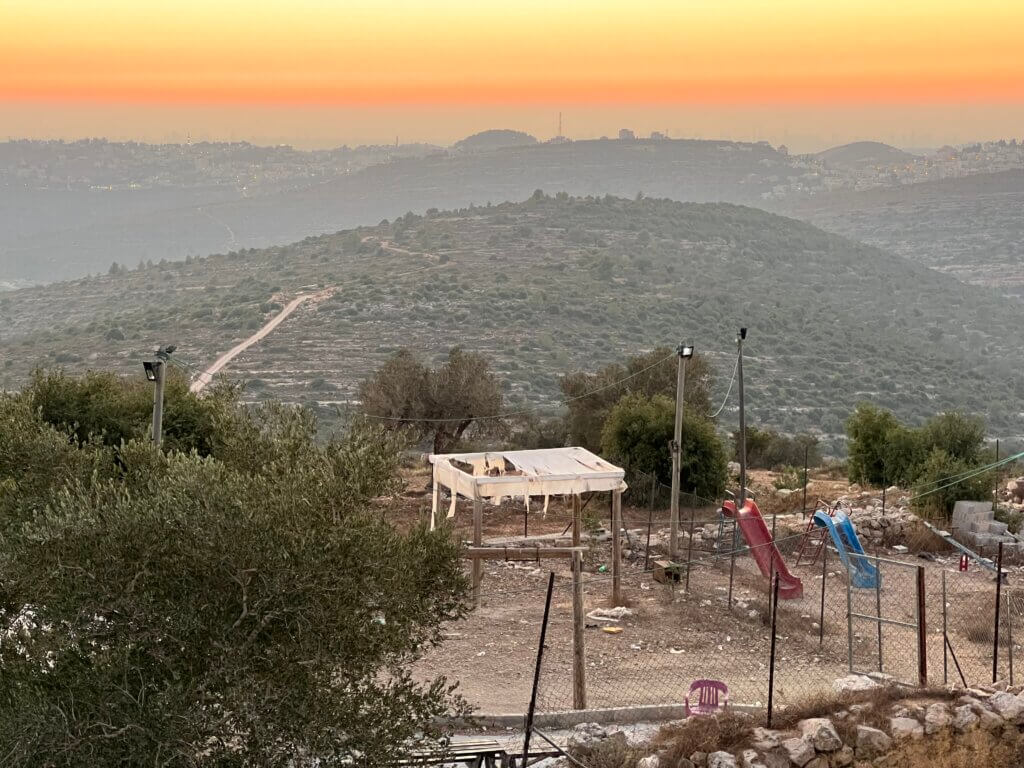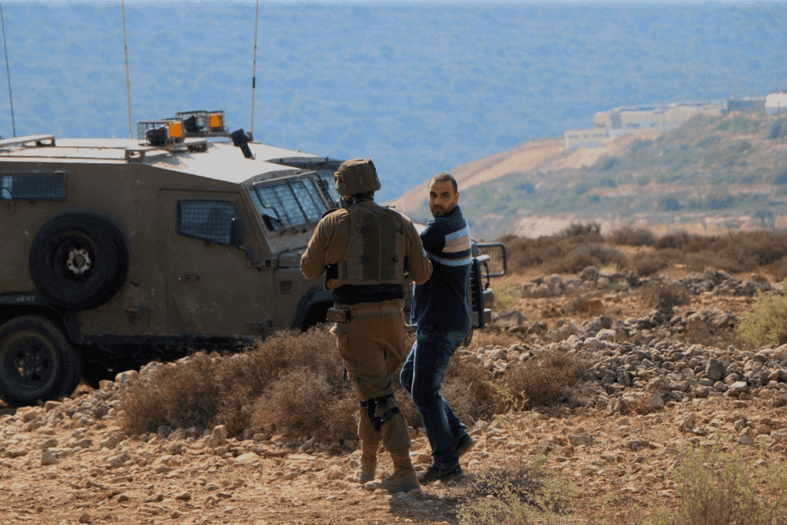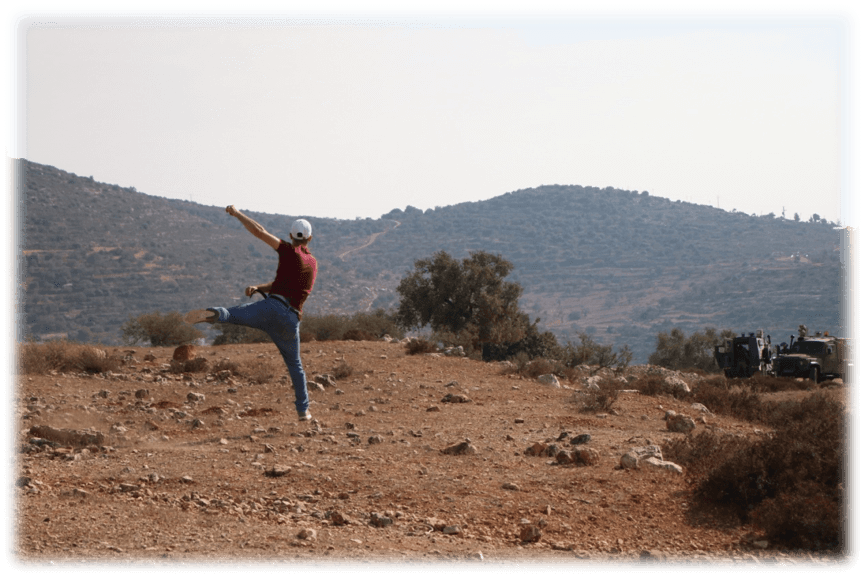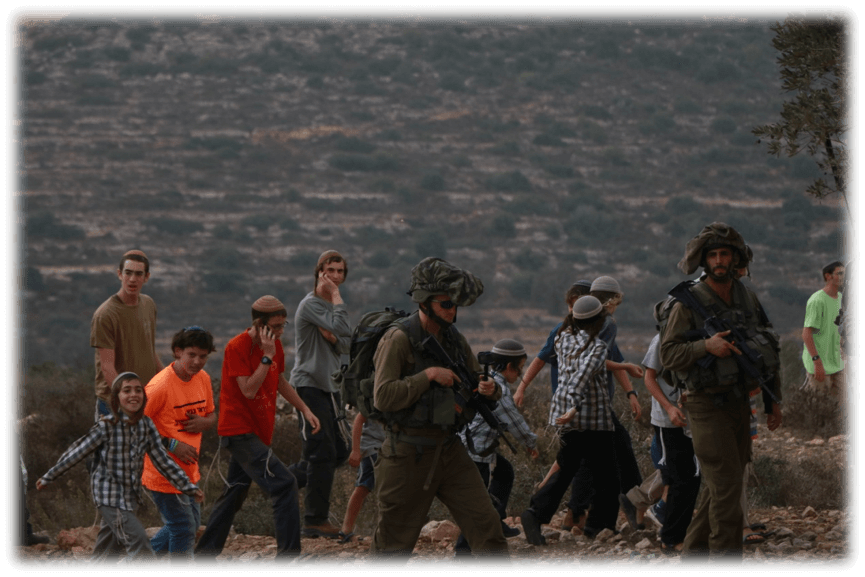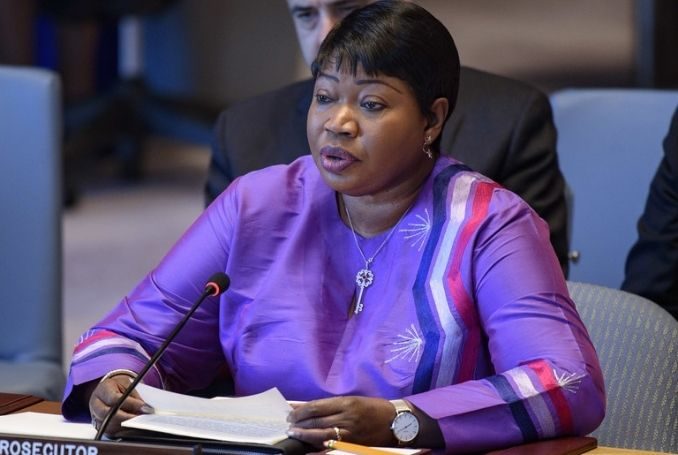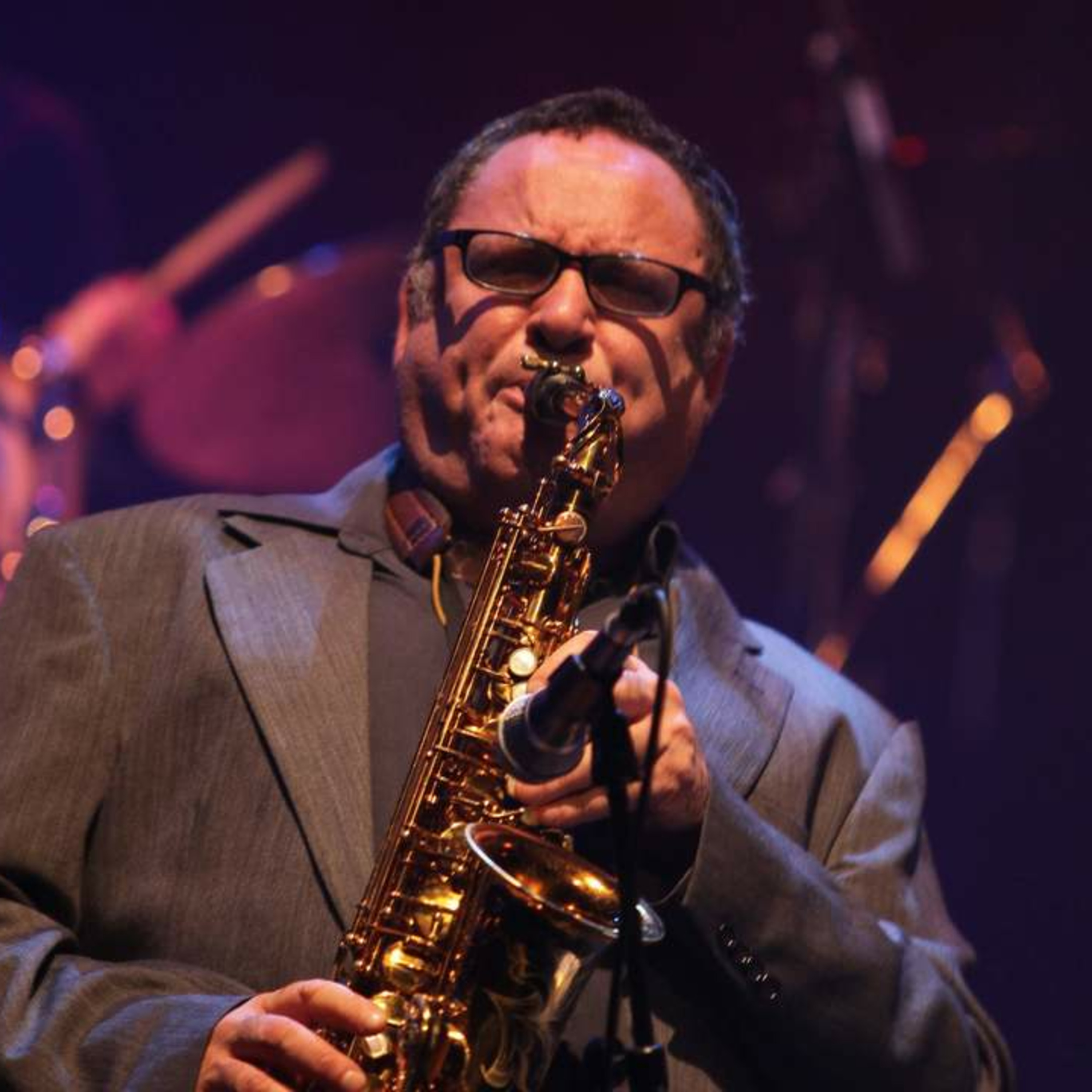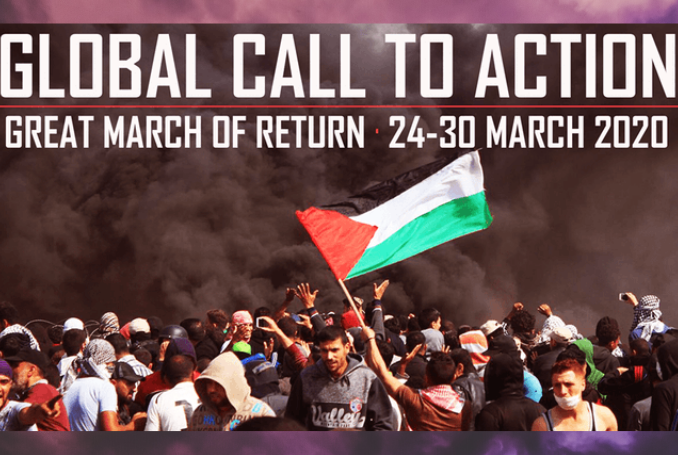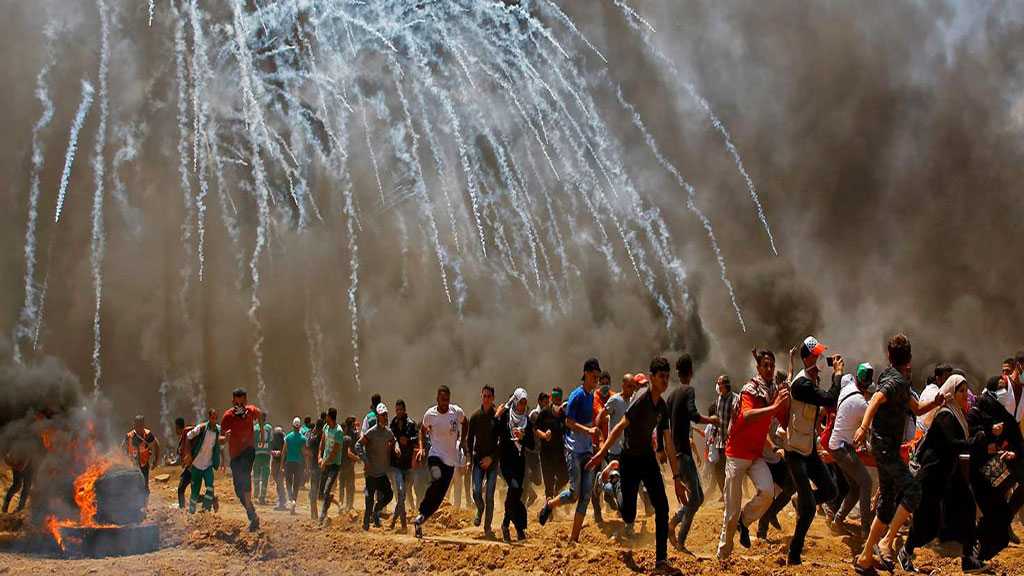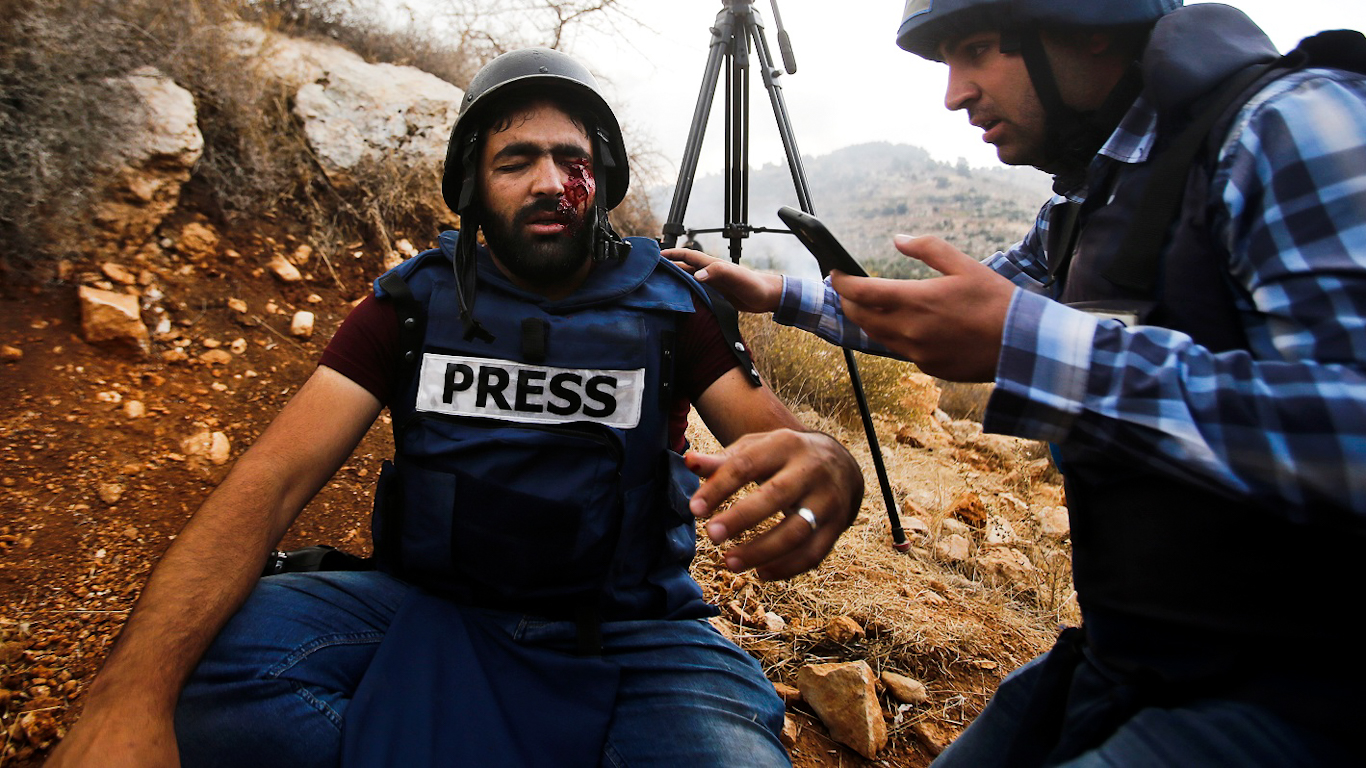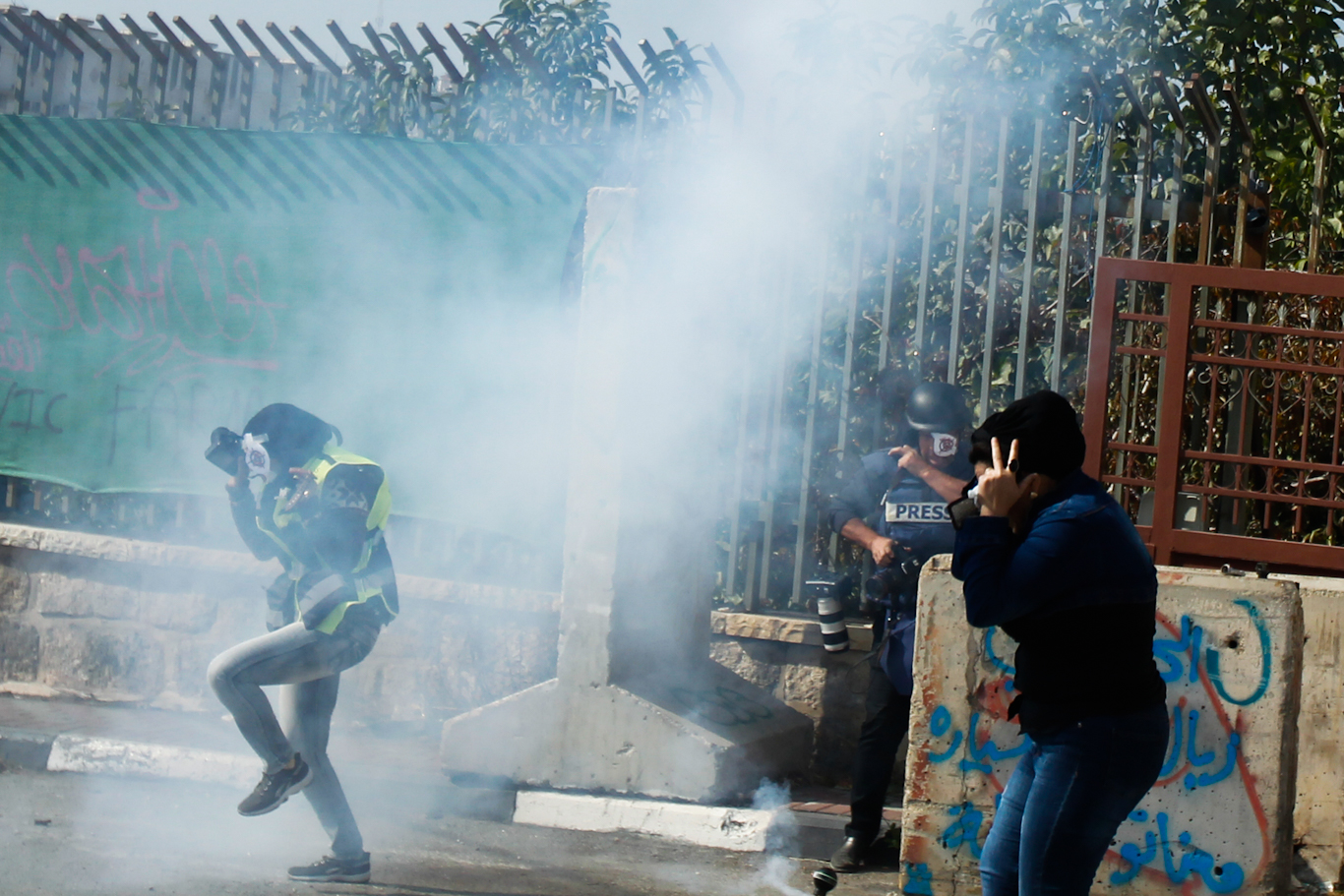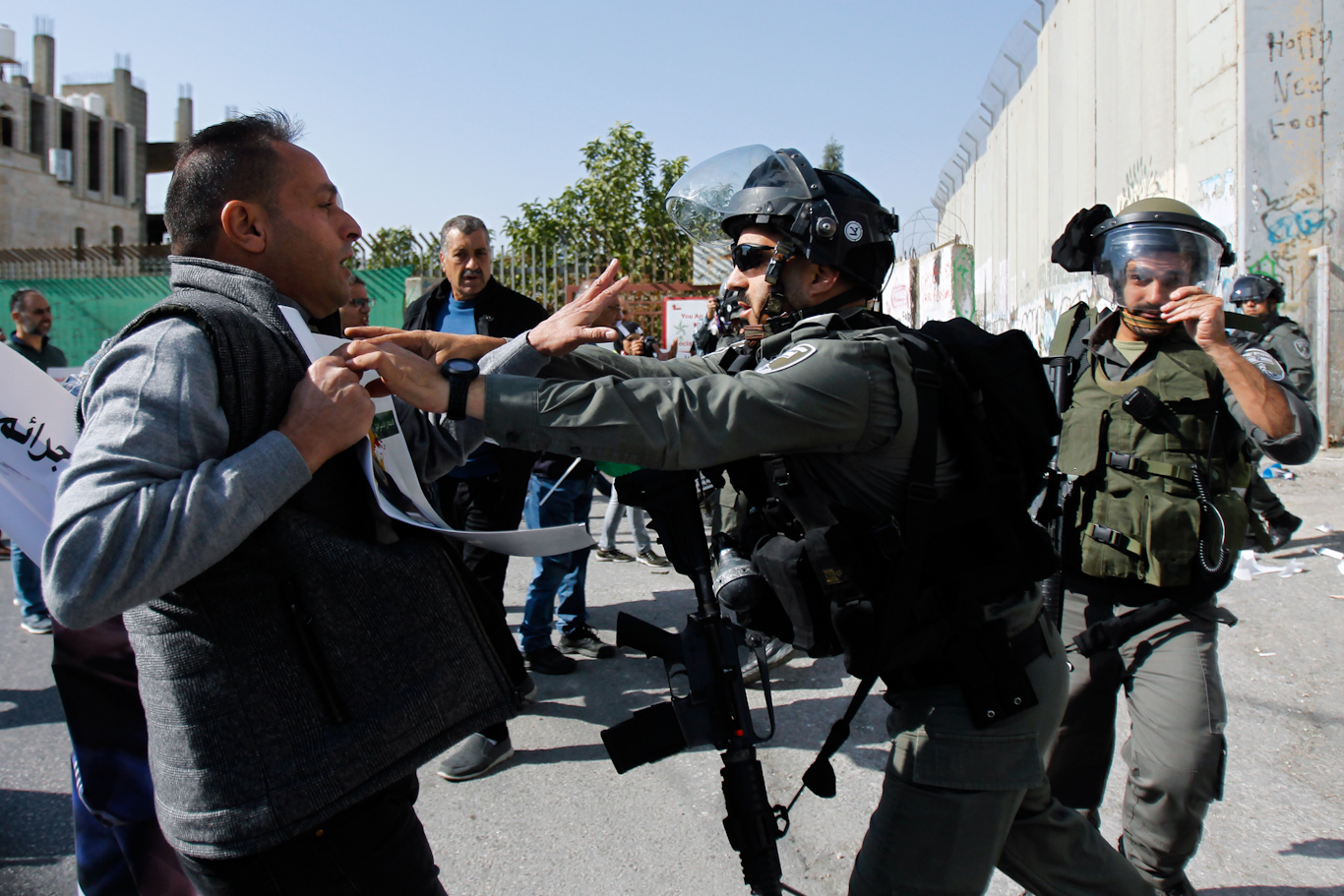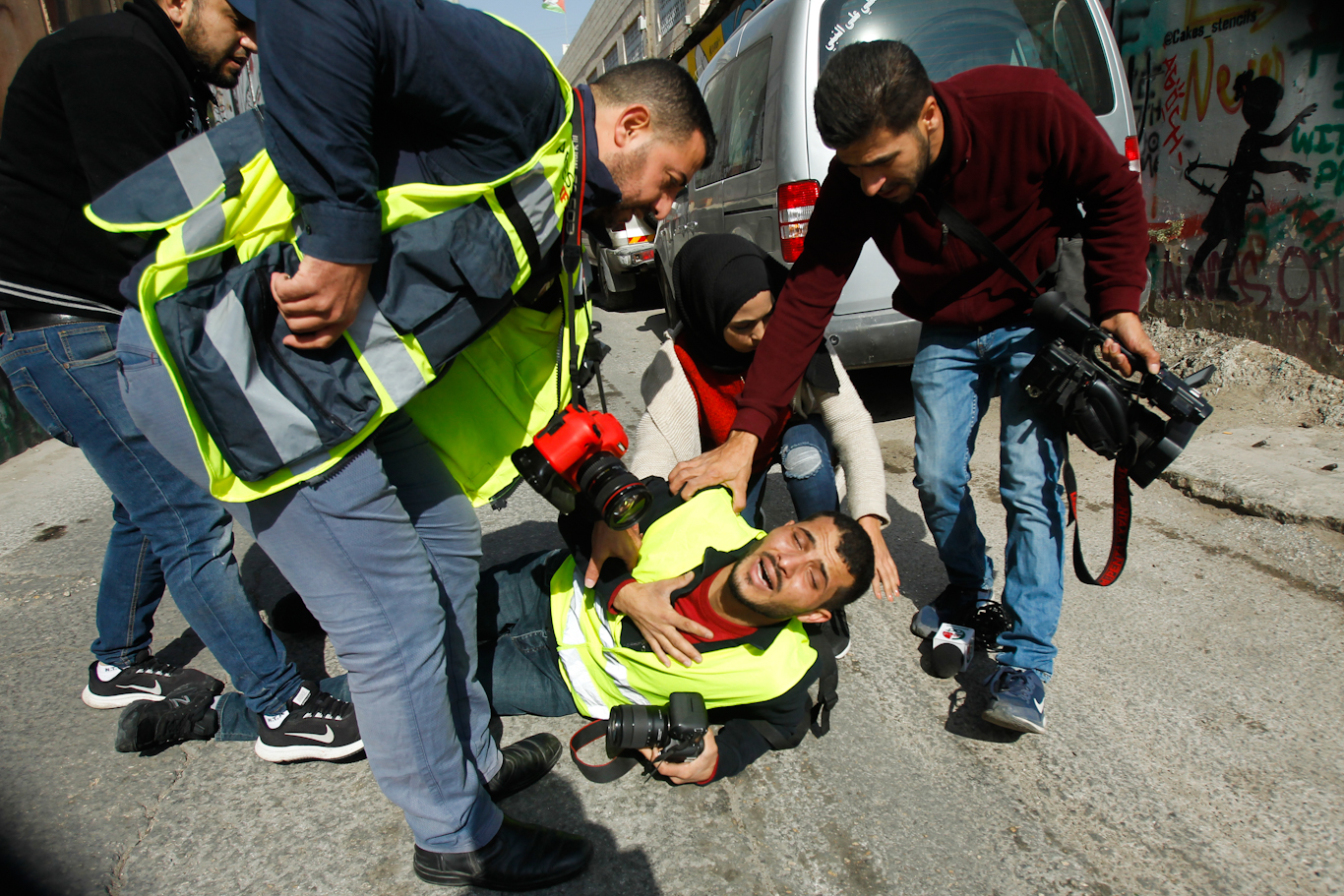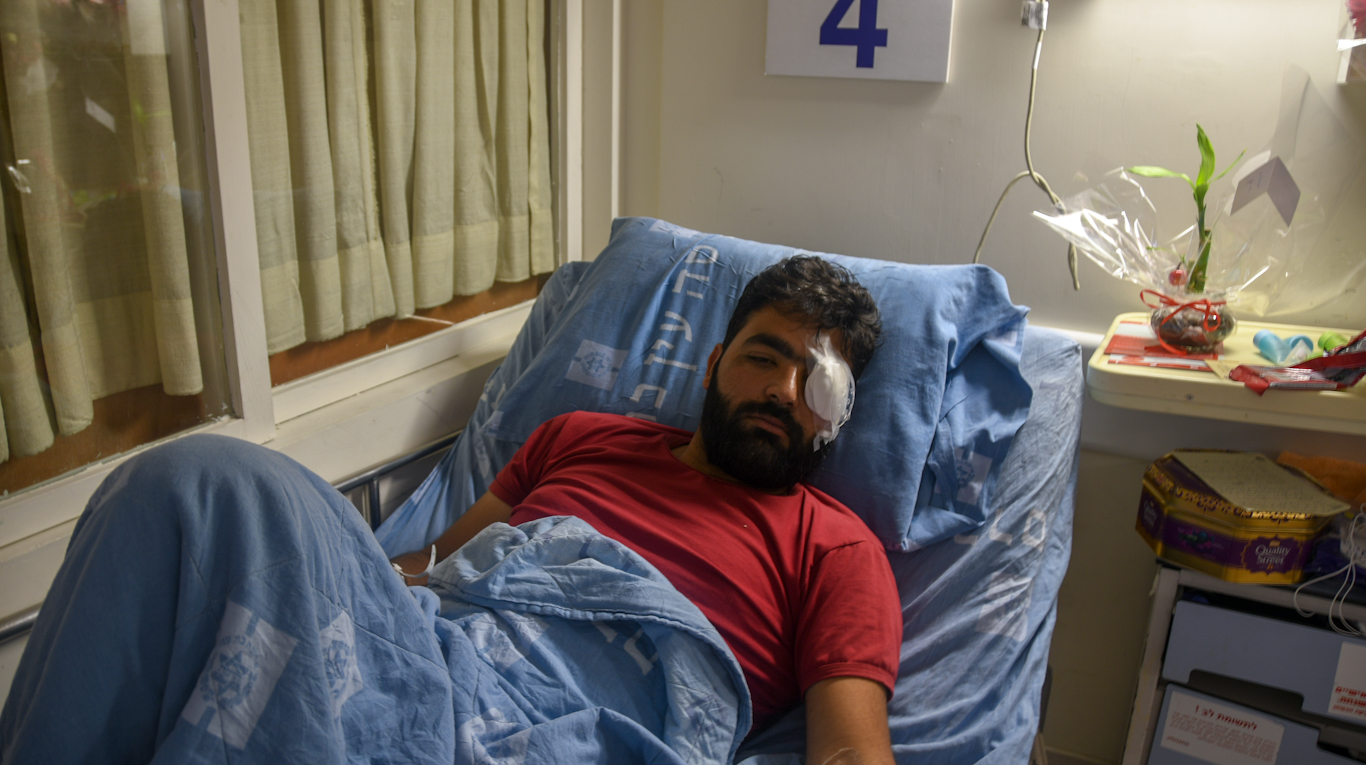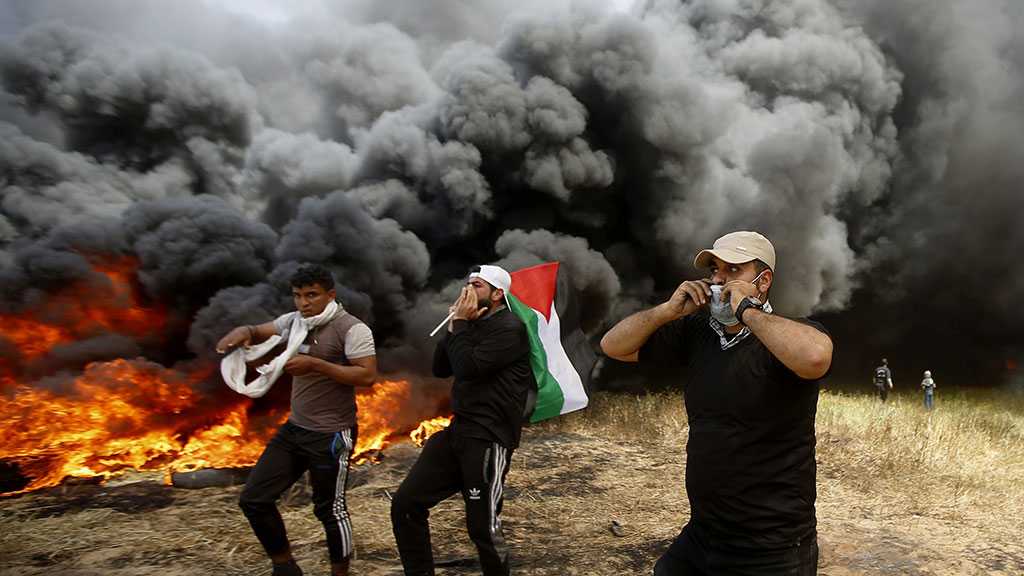22 Oct 2022 23:3
The bravery and defiance of Ibrahim Nablusi, immortalized him as a heroic martyr and saw tens of thousands pack the streets of Nablus city, where the resistance fighter was killed, in order to attend his funeral.

The ongoing Palestinian uprising, along with the revival of the armed struggle inside the occupied West Bank, has largely been characterised by its tendencies as a popular movement, namely that there has been a chaotic reaction from the occupier. The past months’ developments have been an indicator of a major shift from the initial stages of the uprising and it’s time to take note.
The Palestinian armed uprising, inside the West Bank, can largely be traced back to the 11-day war that broke out in May, 2021, between the Palestinian resistance in Gaza and the Israeli military. Following this, although the armed fighters had been previously active, in September of 2021 when the ‘Jenin Brigades’ were officially formed and the action they began to take shook “Israel” to its core. 2022 has been a more violent year for the West Bank, than the besieged Gaza Strip, with the majority of Palestinians killed by the occupation forces this year being inside the West Bank, with nearly 170 dead so far.
The scenes of armed resistance attacks, which occur multiple times per day at this time, against Israeli forces and settlers, have brought back the tactics and brutality of the Zionist regime never witnessed inside the West Bank since the Second Intifada (2000-2007). Although the initial attacks that came from groups such as the Jenin brigades, the Tulkarem brigades, and the Nablus brigades, seemed to have been loosely organized and worked primarily to inspire later action, along with shaking up the Israeli “security system”, this seems to be no longer the case. What has marked a seismic shift in the conflict between the occupier and the resistance inside the West Bank, has been the introduction of the Areen al-Oussoud, or Lions’ Den group, that declared themselves out of the old city of Nablus on September 2nd.
The Gaza based resistance movement
Since the armed resistance in the West Bank was either destroyed or disbanded in the early 2000’s by the Israeli military and Palestinian Authority (PA), the armed struggle has been isolated into the hands of the movements operating out of the Gaza Strip. For a long time, there has been a successfully implemented strategy, by the Israelis and Americans, to isolate the Gaza Strip from the West Bank, during this time the resistance in Gaza – headed by Hamas primarily – had taken over the path of armed struggle.
There have been at least 11 large-scale Israeli assaults on the Gaza Strip, four wars, and hundreds of attacks against the territory, resulting in the untold misery of the Gazan civilian population. Since the imposition of the siege, by not only “Israel” and Egypt but more importantly by the collective Western governments, the strategy has been to pressure the Palestinian people who live inside the territory to overthrow Hamas as their democratically elected government. This strategy, implemented since the 2006 – not 2007 when the siege was tightened significantly and is often framed as having started – the sanctions against Gaza have failed to bring the resistance to its knees and this is owed to the resounding resilience of the Palestinian people.
For most of the history of the Hamas rule of Gaza, it had been “Israel” that had taken most of the initiative to strike first and to be on the offensive. It has been noted by many analysts and historians, that despite the bravery and constant innovations of the resistance, “they had largely proven ineffective at inflicting significant defeats upon the enemy”. The strategic thinking of the resistance began to undergo significant shifts, however, dating back to 2015, but truly showing steadiness from 2017, during the major dispute between Qatar and many of the Gulf States, in addition to other pro-Western reactionary Arab regimes.
In 2018, during the Great March of Return, the armed resistance movements – which had not been constantly fighting each other but had also not participated in a real unified command – decided to form the ‘Joint Operations Room’ of the Palestinian resistance. Although during most of 2018, the Israeli military would routinely attack the Gaza Strip with airstrikes and was constantly on the offensive, this would change by November of that same year.
Israeli agents had infiltrated the Gaza Strip in 2018, plotting to either assassinate or kidnap a commander in the armed wing of Hamas, the Al-Qassam brigades, named Nur Baraka. The Israeli agents were discovered and fled, one of them was shot dead in the process, whilst Israeli drone strikes were launched against the Gaza Strip. What ensued was a complete embarrassment for the Israeli political establishment, not only was the Israeli raid a complete failure, but the resistance showed a new unified strategy that we had not seen the likes of before. “Israel’s” then-minister of war, Avigdor Liberman, was so embarrassed that he resigned from his position. 300 rockets were fired at “Israel”, whilst the resistance fired anti-tank munitions that killed Israeli soldiers. A video was also released by the Sala al-Din brigades, which showed that at least 5 Israeli soldiers had been killed or mortally wounded in an explosive attack, an event that had happened in February but was covered up by the Israelis. The armed movement had laced Palestinian flagpoles with explosives, waited for Israeli soldiers to pull them down, and then detonated the devices.
Then, in early May 2019, the armed resistance movements in Gaza chose to strategically escalate tensions and open up a limited battle with the Israeli military, around 2 weeks prior to “Tel Aviv’s” hosting of the Eurovision song contest. In November 2019, “Israel” attempted to gain back some of its strategic initiatives, by attempting to isolate and target the Palestinian Islamic Jihad (PIJ) movement in both Gaza and Syria. Despite assassinating leading figures in the PIJ movement, most prominently Baha Abu Al-Atta, the attack did little to change the course of the armed struggle.
Fast forward to May 2021, when the battle of Saif al-Quds was declared by the Israeli military, the people of Palestine had unified against the ongoing desecration of the Holy Sites in the old city of al-Quds. Saif al-Quds was when the Joint Room came to real prominence and it was clear that all the groups resisting Israel were unified, this provided inspiration to the rest of the Palestinian population in the other occupied Palestinian territories. Until this moment, despite “Israel’s” three-day attack against the PIJ movement, back in August, Tel Aviv has failed to achieve the equation it had before 2018. The Zionist regime went from attacking Gaza at will, constantly launching any strikes it wanted, to being deterred from striking Gaza unless it was willing to commit to an all-out war and now it is the resistance in Gaza that plots to strike first, of strategic initiative.
Lessons learnt and the evolution of the West Bank struggle
One of the major issues that caused the setback of August this year, which had caught the resistance by surprise, was a fault made in the rhetoric of the Gaza-based resistance. “Israel” exploited this weakness in order to inflict a psychological blow against the resistance as a whole, it was clear that the resistance had not prepared for the scenario that befell them and although they reacted in a very rational way, within their means, the Israelis managed to score a pyrrhic victory on the propaganda front. The problem was, not that the resistance had acted in the wrong manner, but had projected great strength and made threats that weren’t intended on being followed through with, in the way that many had interpreted them.
“Israel’s” attack on Gaza in August may have resulted in political points for Prime Minister Yair Lapid and a distraction from the maritime border dispute with Lebanon if only the regime did not get greedy. Days later, the Israeli military sent in special forces units to assassinate the 19-year-old resistance fighter, Ibrahim Nablusi, yet, his killing served the opposite of its intended purpose. The bravery and defiance of Ibrahim Nablusi, immortalized him as a heroic martyr and saw tens of thousands pack the streets of Nablus city, where the resistance fighter was killed, in order to attend his funeral. As his mother held a pride-filled smile, whilst carrying her son’s body, thousands chanted Ibrahim Nablusi’s name and all over the West Bank young resistance fighters pledged to avenge his martyrdom. Instead of beating down the spirits of the Palestinian people and their belief in the armed struggle, Israel strengthened the resistance.
The mistake in the rhetoric of the Gaza-based resistance has undoubtedly been addressed now also, shown clearly through the statement released last Friday by the Joint Operations Room. This joint statement marks a turning point in the course of the armed struggle, as they not only have shown growth in their strategic rhetoric, but also they were dressed in a very interesting way. It should be noted that the Joint Room, which comprises all the serious armed movements in the Gaza Strip, dressed in military uniform, keffiyeh and did not wear anything to distinguish the resistance faction. This is symbolically powerful, as simultaneously the Lions’ Den group in Nablus is also refraining from identifying themselves with any single political or military party/movement.
The armed groups that have been formed throughout the West Bank are made up of young people, mostly between the ages of 18 to 25, who come from many different political backgrounds and choose to work together as a unified force. The Lions’ Den group has also received a lot of popular support for its methods, managing to amass demonstrators that will take to the streets of Ramallah, Jenin, Nablus and beyond in order to support the resistance group. Unlike unity agreements that have been signed on paper in the past, this unity agreement has manifested itself in the physical world between armed resistance factions. It is clear that the resistance in Gaza is always taking notes of the popular will of the Palestinian people, it is adapting to this and is learning from their past mistakes in order to implement a strategy to escalate the armed struggle against the occupier.
What is happening now with the development of the armed struggle; the unifying efforts of the younger generation and the resistance in Gaza, must be analyzed as part of this new chapter that has been opened in the history of the Palestinian struggle. This movement is becoming ever more unified, it is from the masses and in many ways is driven by the younger generation of Palestinians, it cannot be defeated by small Israeli military operations and soon this will escalate, paving the way to a completely new political landscape inside all of occupied Palestine.
The opinions mentioned in this article do not necessarily reflect the opinion of Al mayadeen, but rather express the opinion of its writer exclusively.
Filed under: "Israel", Palestine, Palestinian people, War on Gaza | Tagged: Al-Qassam Brigades, Armed resistance, ‘Al-Quds Sword operation’, Great Return March, Jenin Brigade, Martyr Ibrahim Nablusi, Nablus Brigade, Occupied W Bank, Pal Authority, Pal-Lions’ Den (Areen Al-Osood), Palestinian Resistance factions, Siege on Gaza | Comments Off on The Evolution of The Palestinian Resistance and Its New Strategy





